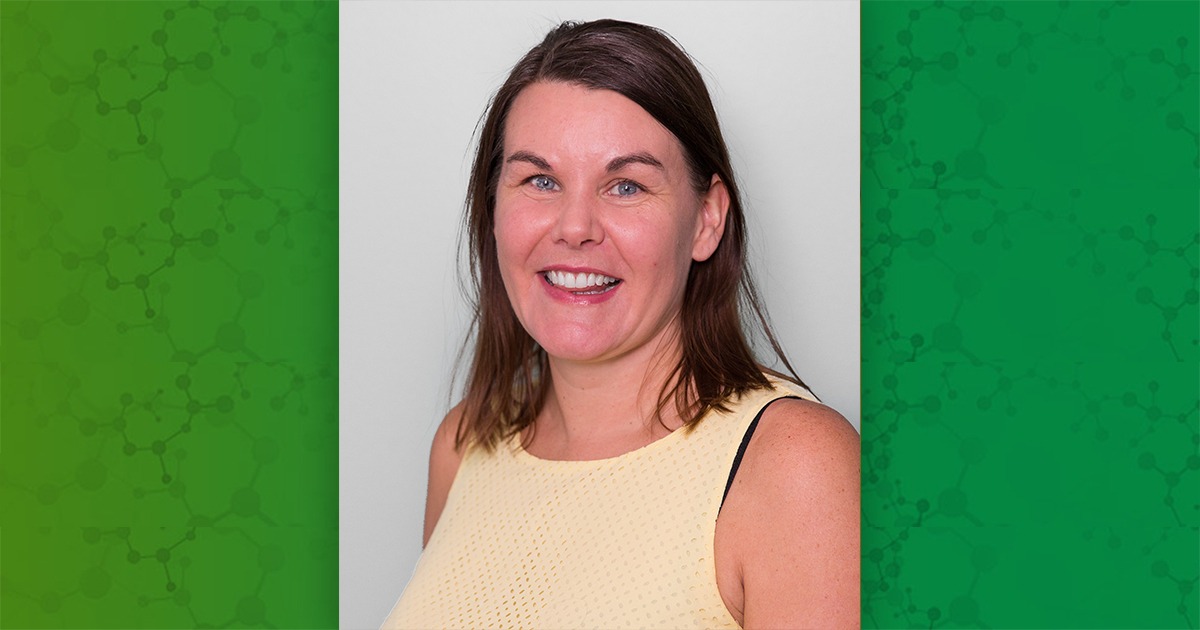A public symposium held Oct. 26-27 and a subsequent interactive discussion explored how nonanimal testing methods might help protect human populations at increased risk of harm from chemical exposures. The diverse set of stakeholders in attendance stressed that activities to characterize chemical risk should be designed to protect all populations, especially the most vulnerable. Such characterizations should also address cumulative exposure from both chemical and nonchemical stressors.
The symposium, “Using New Approach Methodologies to Address Variability and Susceptibility Across Populations,” was organized by the National Toxicology Program (NTP) Interagency Center for the Evaluation of Alternative Toxicological Methods (NICEATM). The webinar attracted more than 250 attendees representing government, academia, and a variety of industrial and nongovernmental sectors. A second event on Oct. 27 included an interdisciplinary group of over 50 members who were invited to participate in a discussion session following the symposium.
“An important goal of these events was to start a conversation between scientific experts in nonanimal testing approaches and the environmental justice community so that both groups could listen, learn, and build trust in each other,” said NICEATM scientist Helena Hogberg, Ph.D.
Toxicity testing based on human biology
Different human populations experience different levels of susceptibility to toxic effects from chemical exposure, presenting a complex problem for chemical risk assessment. Human cell-based and computational new approach methodologies (NAMs) have the potential to model human responses better than traditional animal tests.
If NAMs are designed to model human diversity, they could potentially be used to effectively characterize the susceptibility of different human populations. To illustrate this point, speakers at the symposium presented case studies in which NAMs have been applied to address susceptibility factors such as life stage, genetics, comorbidities, lifestyle, and exposures to multiple chemicals.
Challenges as well as opportunities
A panel discussion during the public symposium and the discussion session convened afterward considered how NAMs could be developed to better model the variability seen in the human population. Participants were also asked about steps needed to build confidence in new testing models and effectively engage with affected communities.
 Kleinstreuer gave the closing remarks of the symposium and chaired a breakout group during the interactive discussions. (Photo courtesy of Steve McCaw / NIEHS)
Kleinstreuer gave the closing remarks of the symposium and chaired a breakout group during the interactive discussions. (Photo courtesy of Steve McCaw / NIEHS)The spirited discussions prompted by these questions highlighted the complexity of the issues involved. For example, some participants argued that to truly capture population diversity, methods would need to take into account not only biological factors such as genetics and life stage, but also social factors such as access to health care, cumulative stress, and nutritional status. These social factors are not represented well by current testing approaches.
Despite the challenges highlighted by the discussions, organizers considered the events a success and an important first step in addressing protection of susceptible populations, which is a priority for NIEHS. “We’ve established interactions that will help us effectively address scientific, regulatory, and community perspectives and develop collaborations to implement the best, most responsive science,” said NICEATM Director Nicole Kleinstreuer, Ph.D.
A report of the events will be prepared for publication next year in a peer-reviewed journal, and the organizing committee is planning follow-up activities. Materials from the symposium are available on the NTP website. Slides and video from the symposium will be posted on this page when they become available.
(Catherine Sprankle is a communications specialist for Inotiv, the contractor supporting NICEATM.)
Source link
factor.niehs.nih.gov

